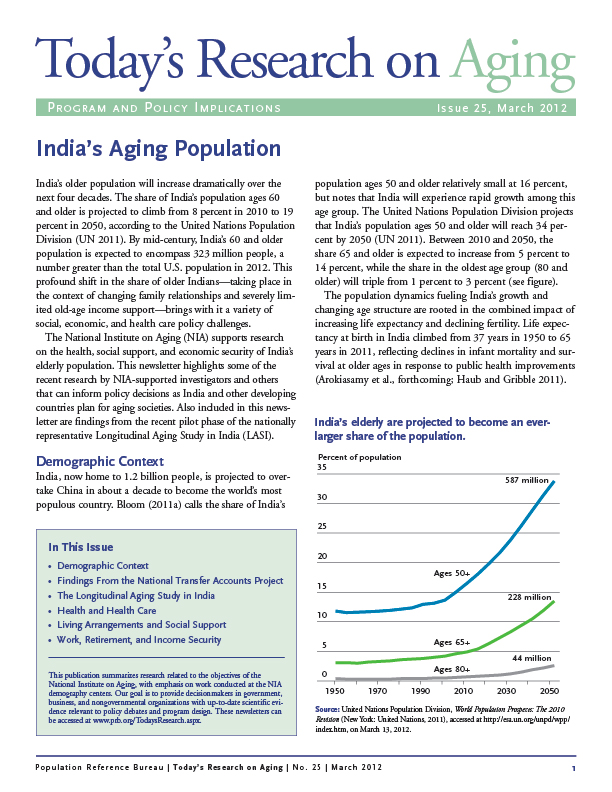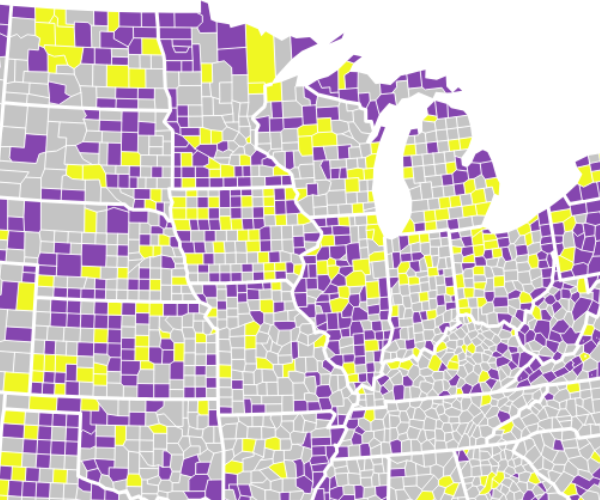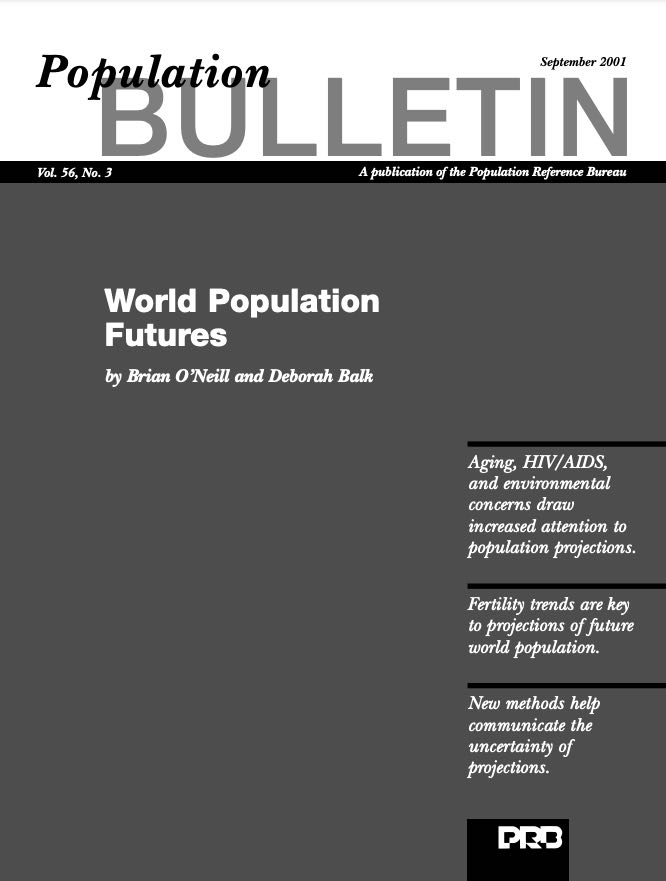Project: Demography and Economics of Aging and Alzheimer’s Disease
India’s Aging Population
India's population ages 60 and older is projected to increase dramatically over the next four decades, from 8 percent in 2010 to 19 percent in 2050, according to the United Nations Population Division. By mid-century, this age group is expected to encompass 323 million people, a number greater than the total U.S. population in 2012.





